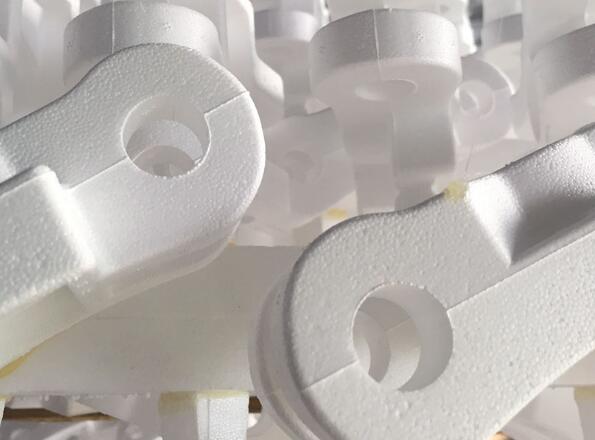- Home
- Product
- About Us
- Lost Foam Casting Process
- Lost Foam Casting Video
- Success Case
- Contact Us
Lost foam casting is a metal casting process that uses foam patterns coated in refractory material to form a mold. This method has gained popularity in industries such as automotive, aerospace, and construction, as it allows for the production of complex, high-precision parts. However, like any manufacturing process, it comes with its own set of advantages and disadvantages. In this article, we'll explore the pros and cons of lost foam casting to help you determine if it's the right fit for your needs.

Complex Design Capabilities
One of the biggest advantages of lost foam casting is its ability to create complex shapes with intricate details. The foam pattern can be cut, shaped, or molded to any desired form, allowing manufacturers to produce parts with undercuts, cavities, and thin walls. This makes the process ideal for creating parts with complex geometries that would be difficult or expensive to produce using other methods.
Additionally, lost foam casting eliminates the need for cores, simplifying the production process and reducing the number of components required for the final assembly. This capability is particularly beneficial in industries like automotive, where lightweight and intricate parts are in high demand.
High Dimensional Accuracy and Surface Finish
Lost foam casting is known for its excellent dimensional accuracy. The foam pattern closely replicates the final casting, allowing for minimal machining after the casting process. This not only reduces material waste but also saves time and labor costs associated with finishing the product.
The process also results in a superior surface finish compared to other casting methods. The refractory coating on the foam pattern creates a smooth mold surface, which translates into a finished product with minimal roughness. This eliminates the need for additional polishing or surface treatments, further reducing post-casting operations.
Cost-Effective for Large Production Runs
For large-scale production, lost foam casting offers significant cost advantages. Once the foam pattern is created, it can be reused multiple times, allowing for efficient, high-volume production. This reduces the overall cost per unit, making the process economical for manufacturing large quantities of parts.
Moreover, the process minimizes material waste, as the foam pattern evaporates during casting, leaving no excess material behind. This reduction in waste contributes to lower material costs and improved sustainability.
High Initial Costs and Lead Time
Despite its cost-efficiency in large production runs, lost foam casting requires a significant initial investment. The production of foam patterns can be expensive and time-consuming, especially for complex or large parts. Creating molds and tooling for foam patterns can involve high upfront costs, making the process less suitable for small production runs or prototypes.
The lead time for lost foam casting can also be longer compared to other casting methods. The foam pattern needs to be carefully crafted, coated, and dried before casting, which can extend the overall production timeline.
Limited Material Options
Lost foam casting works best with certain metals, such as aluminum, steel, and cast iron. However, it is not compatible with all materials. High-temperature alloys and metals with very specific casting requirements may not be suitable for this process, limiting its application to certain industries and products.
Pattern Fragility
Foam patterns used in lost foam casting are inherently fragile and can easily be damaged during handling or transportation. This makes the process more susceptible to defects, as any imperfections in the foam pattern will directly affect the quality of the final casting.
In cases where the foam pattern is damaged, the entire process must be repeated, leading to increased costs and delays. Careful handling and storage are required to minimize the risk of damage.
Lost foam casting offers significant advantages in terms of design flexibility, dimensional accuracy, and cost-efficiency for large production runs. However, it also comes with drawbacks such as high initial costs, longer lead times, and limited material options. Weighing these factors is essential when deciding if lost foam casting is the right manufacturing process for your needs.
If you're considering lost foam casting for your project and need guidance, feel free to contact us. We can connect you with a reliable supplier to help you explore the best options for your specific requirements.